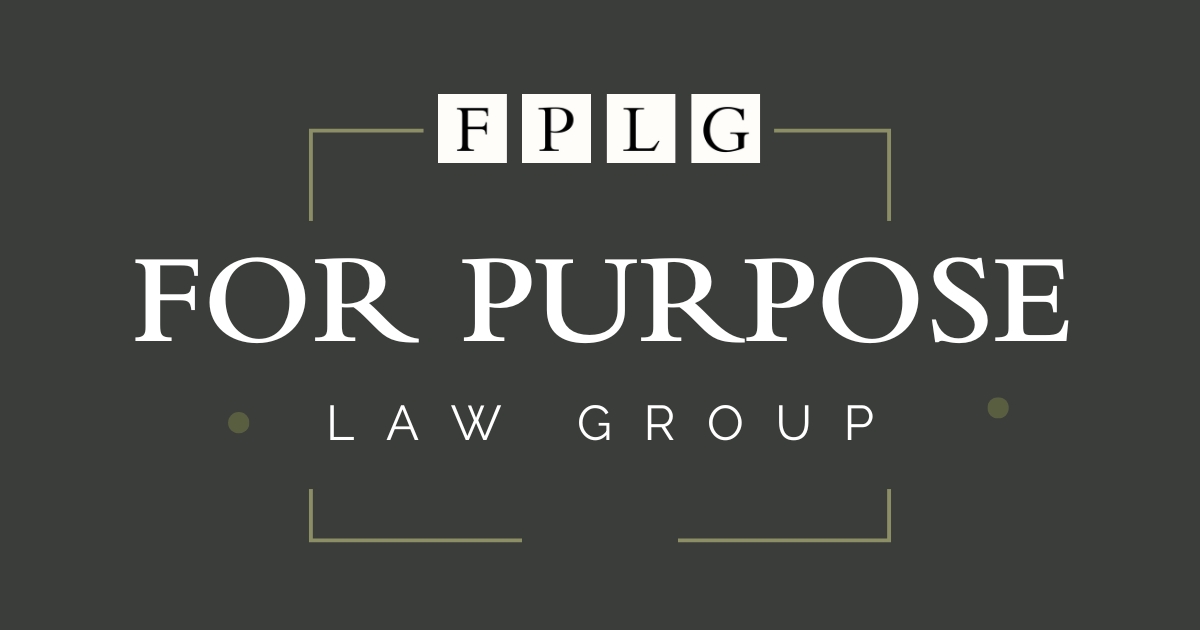
Searching for Clarity in Trump v. CASA, Inc.
08.22.2025 | Linda J. Rosenthal, JD

Charities are “tempting targets” for fraudsters. “[F]raud cannot occur unless an opportunity is present.” While embezzlement is a flashier crime, improper billing practices seem to pop up more often than other common schemes for stealing from 501(c)(3) organizations and other nonprofits.
“Billing schemes” take a variety of forms, but “often involve the creation of a shell company.” How does that work? “[A] dishonest employee sets up a fake identity that bills for good or services the organization does not receive. In some instances, goods or services may be delivered but are marked up excessively, with the proceeds diverted to the employee.” There are other variations, too, including “… pay-and-return schemes that cause overpayments to legitimate vendors. When an overpayment is returned, it is embezzled by the employee.” Yet another popular trick: charging the organization for personal merchandise.
Unscrupulous insiders can devise clever variations of the general pattern described above, so rather than waiting to uncover a completed scheme (with significant damage already done), prudent nonprofit managers can look for warning signals or other irregularities.
Even in the absence of suspecting or discovering specific billing-related irregularities, there are warning signs that arise from the behavior of an employee or other insider.
First, of course, are disparities between an insider’s income level and lifestyle or spending habits. Second are financial problems or other indications of personal difficulties, including overt and excessive indications of defensiveness, or irritability. The first is a no-brainer and should be investigated. The second may be nothing at all; most people going through life changes or other stresses do not engage in any criminal activity.
A third red flag may be “exhibiting excessive control issues” at work; for example, an unwillingness to share duties or refusal to take vacations. A key element of prudent internal controls for an organization or business includes division or segregation of duties that include handling money or doing business with outsiders.
Risk-management experts advise a two-pronged approach: fraud prevention and fraud detection. The key to prevention is to create and maintain a set of internal controls adequate enough to minimize the risk of any kind of fraud, and to minimize the opportunities for fraudulent activity. The key to detection is to recognize specific evidence of potential fraud, and act on it to minimize damage to the organization.
